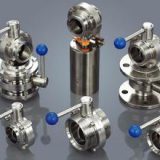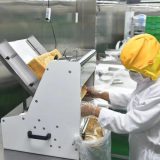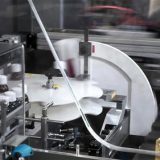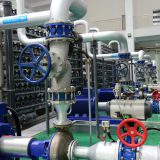A sanitary butterfly valve refers to the quarter-turn valve that regulates the flow of a fluid. The body of the valve comprises a metal disk whose positioning is perpendicular to the flow of the fluid, in a closed position. It is turned a quarter turn to be parallel to the average flow in a fully open position. Regulation of the liquid flow is achieved by intermediate rotations. Their common areas of use include wastewater or water treatment and agricultural operations. Sanitary valves manufacturers can design two different types of butterfly valves: pneumatic and manually operated faucets.
A manual valve may use sprockets, levers or wheels to create motion while the pneumatic type may utilize an external power source to facilitate movement and the force that actuates the valve automatically or remotely. As its name suggests, a manual valve is powered by the hand. Manually operated valves are generally self-contained, inexpensive and easy to use. Nevertheless, it is not possible to manually operate large valves. In addition, some of them may be located in toxic, remote or rather hostile environments that could interfere with manual operations. For safety reasons, some situations may require faster operations than manual valves can provide to close a valve.
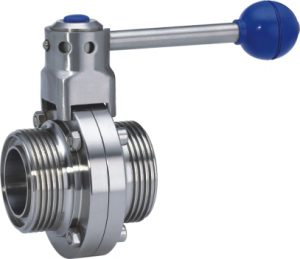
Unlike the manually operated manual valve, the pneumatic valves are pressure-fed, providing the source of force for movement. The effectiveness of these valves depends on changes in air pressure. The valve may close due to air moving in one direction and closing when the air moves in the opposite direction. A pneumatic butterfly valve is durable and reliable. It’s reliable because you do not have to be there all the time to control the flow of the media. It is durable because reduced wear improves the life cycle of the valve. This in turn reduces the operating and maintenance costs that could be lost when replacing or repairing the valves.
